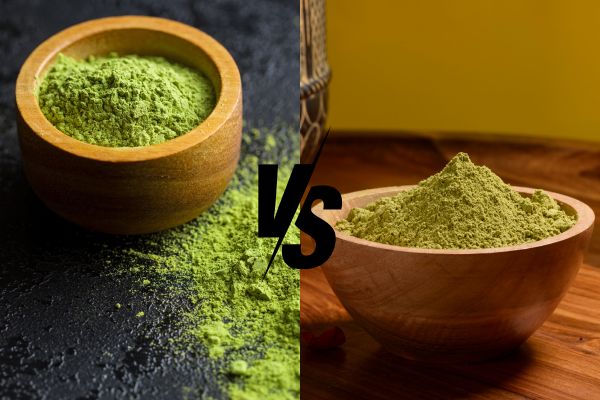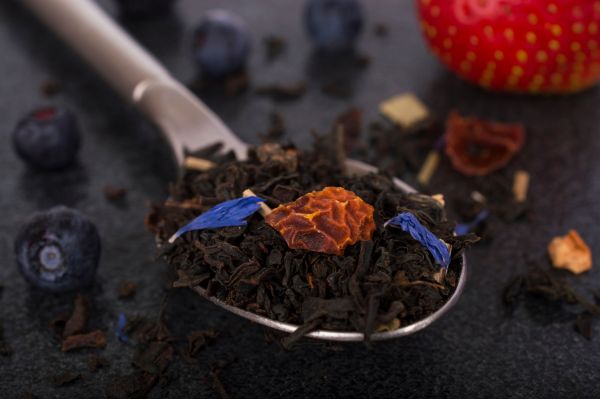Pet bottles are common packaging in the beverage industry. During the PET bottle blowing process, manufacturers may encounter many problems relating to the finished bottle quality. Let’s explore those issues and their solutions with FGC in this article.

Contents
Introduction
PET bottles are renowned for being transparent, light, durable, and versatile, making them the perfect packaging for many products. They are also resistant to heat and chemicals and have gas and moisture barrier properties. PET bottles are widely used in many industries, including food and beverages, household and cleaning products, and medicines. PET bottles are produced by mold-blowing PET preforms into the expected forms and shapes. However, some issues might occur during the process of blowing bottles. So, what are the most common problems, and how to cope with them?
Uneven wall thickness
PET bottles with uneven wall thickness can lead to many serious problems with the strength and quality of the products. This results in thin and thick areas, making the bottles easier to break when handled or under stress. Bottle shapes can be changed and are unable to protect the products inside during transportation.
Causes: There are several reasons leading to uneven wall thickness. Firstly, the stretching rod may not be placed in the middle of the embryonic tube. Besides, it can happen because of blow hole asymmetry, different sizes of apertures, or unstable air pressure. Low stretching ratio, slow blowing rate, or inconsistent injection density and tube thickness can also lead to the uneven wall thickness of the final bottles. Another reason could be that the preform tube does not rotate in the heating furnace.
Solutions: The first thing to solve this problem is to find the exact cause, as each case will have a specific solution. Try to check and adjust the position and speed of the stretching rod, and the aperture of the blowing hole. In addition, remember to stabilize the stretching ratio and air pressure to minimize the bottles’ uneven wall thickness.

Poor transparency of PET bottles
Lack of clarity in PET bottles can be a sign of issues with the production process and diminish their appearance.
Causes: Poor transparency may result from too high temperatures or too long heating time. In addition, if PET preforms are not dried properly, they will absorb moisture and turn it into steam while heating. Low-quality and unsuitable-designed preforms also affect the opacity of the bottles. Furthermore, any improper parameters, including air pressure, stretching speed, and time, during the blow molding process can lead to uneven material distribution and lower clarity.
Solutions: Input management is crucial to solve and prevent transparency issues. Manufacturers should choose high-quality preforms and appropriately dry them before blowing to remove the moisture. Besides, try to set suitable heating and cooling conditions, pressure, and stretching speed for the preform designs, and keep them consistent during the blowing process.

Appearance of pearl gloss in the PET bottles
Pearl gloss in PET bottles describes the opaque, semi-glossy, or pearlescent appearance that can happen after blowing. This issue reduces the transparency and aesthetic appeal of the finished products.
Causes: Pearl gloss could occur when the heating temperature is below standards. If the embryonic tube is uneven or too thick while the heating penetration is inadequate, PET bottles will appear pearl luster white.
Solutions: It is essential to improve the quality of embryonic tubes and adjust the temperature to suit their thickness to avoid pearl gloss. Besides, manufacturers can enhance the quality of the outer cover of the heating device to boost the temperature of the preforms’ outer surface.

Bottle deformation
During the mold-blowing process, bottle deformation is a common issue that compromises the bottles’ functionality, appearance, and structures. Asymmetry, dents, bulges, and uneven shapes are some examples of deformations.
Causes: Bottle bulging can result from inadequate cooling after blowing or from high pressure inside the bottles. Meanwhile, sudden cooling or low blowing pressure may lead to dents in bottle surfaces. Moreover, overheating embryonic tubes or inconsistent cooling in the mold could make the bottles appear shrunken or wrinkled. Besides, the finished bottles could be uneven because of inconsistent stretching or misaligned preforms, molds, or stretch rods.
Solutions: Different production issues lead to different deformation forms. Generally, to reduce this problem, heating and cooling temperature and pressure must be managed strictly during blowing. In addition, the mold, stretching rod, and preforms must be correctly positioned. It is suggested to check the final bottles regularly to adjust promptly.

The position of the bottom of PET bottles being offset
The offset position of the bottom of PET bottles happens when the body base’s center does not align with its body axis. It can affect the bottles’ balance, stability, sealing, and appearance.
Causes: Starting blowing too early or inconsistent heating could lead to the bottom offset. In addition, this issue can occur because of the wrong position of the stretching rod, like when it does not stretch to the bottom or is offset from the bottle axis’s center line. Another cause can be the inconsistent injection density or uneven preform wall thickness.
Solutions: If a bottom offset happens, manufacturers should calculate the blowing time again. Starting the blowing a little later or increasing the stretch rod dropping speed can help solve this issue. Besides, it is necessary to readjust the position of the stretching rod and recheck the quality of the preforms.

Irregular neck finish of PET bottles
After the mold-blowing process, some bottles can have irregular necks or bottle shapes and forms. Accumulated material or non-uniform neck can lead to leakages because it lowers the sealing capability of caps and closures. Therefore, products inside cannot be ensured about quality and safety, especially during transportation.
Causes: Irregular neck finish can be caused by uneven preform neck area or improper mold design. If the defective preforms are not eliminated, finished bottles will include these defects. Additionally, too low temperature or unstable air pressure can influence the material distribution and descending speed of the stretching rod, resulting in a non-smooth neck finish.
Solutions: The preform selection stage must be done carefully to achieve a smooth and proper neck finish. Removing defective embryonic tubes from the beginning will save costs and energy in screening the final bottles. It is also necessary to control the heating and cooling mechanisms involved in neck forming. Besides, the quality control team should review neck finishes regularly to identify problems early and adjust promptly.

Explore other filling line:
Conclusion
Some problems can appear during the blow-molding process, such as uneven wall thickness, poor transparency, pearl gloss appearance, bottle deformation, offset bottoms, and irregular necks. Each stage, from preform quality to temperature management, should be controlled strictly to avoid and prevent these issues. Good blow-molding can help increase the total efficiency and reduce the total costs.
About Future Generation Co.,Ltd
We are FGC, the leading tea and beverage exporter in Vietnam and one of the biggest tea suppliers in the world. Our tea products are diverse in types, grades, and production methods. We provide customers with Loose tea (such as Black tea, Green tea, and Oolong tea), Herbal tea (such as Rose tea, Chamomile tea, and Lotus tea), and Specialty tea (such as Matcha), RTD Tea, and Tea Bags. Our mission is to become Vietnam’s leading healthy beverage company.
We ensure stable tea sources for domestic markets and exports with vast high-grown tea farms and available herb gardens. Our tea gardens and factories also meet international standards such as ISO, HACCP, KOSHER, HALAL, etc. In addition, we constantly innovate our machinery system, strengthen production capacity, and increase productivity. We also provide private label and customized packaging services for small and medium enterprises.
If you are a tea distributor, tea importer, teashop manager, or even tea lover, we are committed to being your prestigious tea source supplier in Vietnam!
Contact
Address: R4 building, Office Quarter 02, Royal City, 72A Nguyen Trai St., Thanh Xuan Ward, Hanoi.
Phone: +84 24 73 000 125/ +84 24 73 063 369
Mail: info@vietnam-tea.com
Website: https://oem-fgc.com/
Facebook: https://www.facebook.com/fgcvietnamtea










